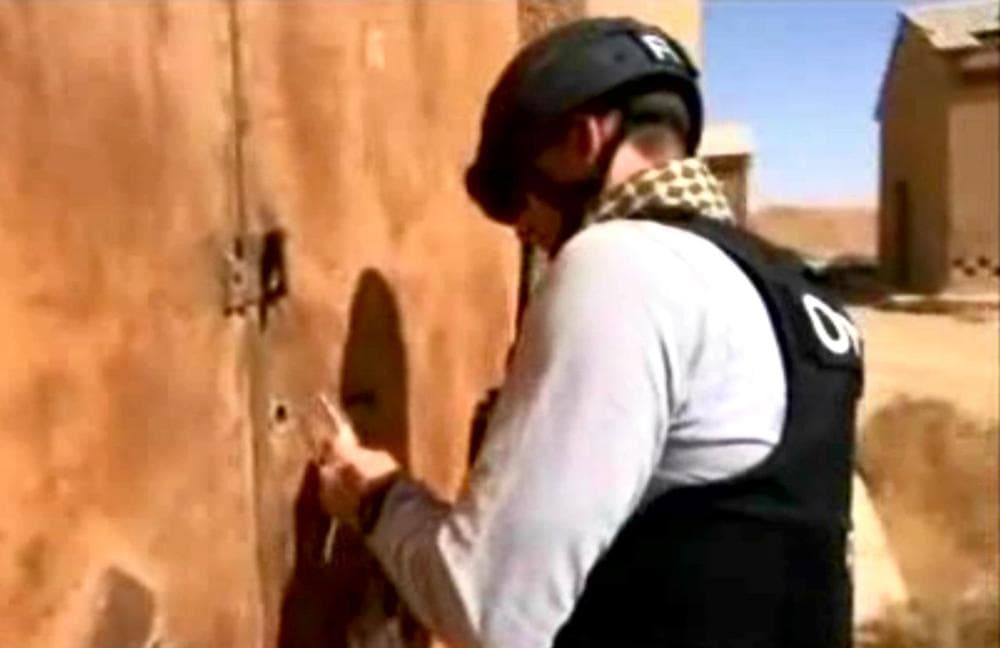Advertisement
One Deadline Down, More Daunting One Looms For Syrian Government
Resume
Syria has "completed" the the destruction of equipment critical to making chemical weapons, according to international monitors, but experts say the next task, destroying nearly 1,300 tons of chemical weapons, is much harder.
Historically, most nations have dumped chemical weapons in the ocean or buried them in the ground — both methods have proven unsafe, resulting in dangerous leaks.
Burning the weapons may be the best choice, but it requires special incinerators that don't allow potentially poisonous gasses to enter the atmosphere.
In the Syrian case, part of the problem is where the weapons and materials can be sent for proper dismantling. So far a series of countries have turned down requests to handle the chemicals from Syria.
Guest
- Jim Walsh, expert in international security at MIT’s Security Studies Program. He tweets @DrJimWalshMIT.
This segment aired on October 31, 2013.